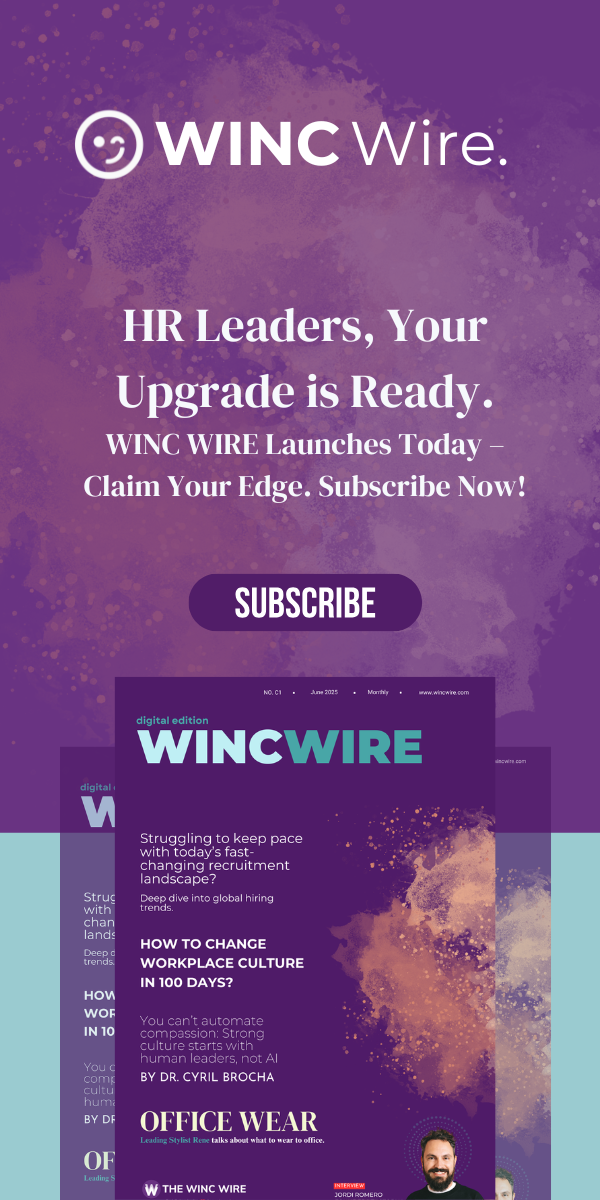In every resilient organisation I’ve encountered whether on the shop floor of a global car manufacturer or inside the polished boardrooms of luxury hospitality—there’s a shared truth: success is built on inclusion. Not as an HR checkbox, but as a culture.
As business leaders navigating a dynamic world, we are being invited urgently and unapologetically to rethink what strength looks like in a company. And it often begins with three deceptively simple letters: DEI – Diversity, Equity, and Inclusion.
The evidence is compelling. PwC’s data shows 87% of companies are leaning into DEI, while Deloitte’s insights suggest it remains high on CEO agendas. But data alone doesn’t shift culture. It takes leadership, intention, and sometimes a complete rewiring of organisational thinking.
Defining DEI: More Than an Acronym
While many in HR understand DEI at its core, articulating its full weight to executive teams requires clarity. DEI isn’t a side project. It’s a lens through which operational precision, innovation, and culture all converge.
In essence, DEI champions fair access and opportunity particularly for those long overlooked due to identity, background, or ability. It’s about redesigning the organisational tapestry so that no thread is lost or undervalued.
And the momentum is growing. In a Workday survey of 2,600 global leaders across departments, 78% said DEI had become more important in the past year, and 85% now allocate budget—up 11% in just 12 months.
Their reasons? Tangible ones:
- Business success (39%)
- Employee engagement (40%)
- Wellbeing (41%)
- Attracting diverse talent (43%)
Clearly, we’re no longer debating if DEI matters. The question now is: how do we embed it so it thrives?
Four Steps to Make the Business Case Stick
1. Surface the Hidden Costs
Start not with the benefits, but the absence.
What’s the cost of exclusion? Attrition. Recruitment gaps. Customer disengagement. Investors walking away.
When high-performing people walk out because they don’t feel seen—or worse, never apply because your brand doesn’t speak to them—you lose more than talent. You lose momentum. Shine a spotlight on these quiet costs. They speak volumes.
2. Showcase the Value
The numbers don’t lie.
McKinsey found that gender-diverse organisations are 21% more likely to be profitable. Ethnically diverse teams? 35% more likely to outperform financially.
But beyond profit, diverse teams make better decisions, spark more innovation, and attract the next generation of high performers. For millennials and Gen Z, DEI isn’t a nice-to-have; it’s a non-negotiable.
3. Measure What Matters
You can’t change what you don’t track. Introduce people analytics that reveal real gaps:
- Representation ratios across gender, race, and role.
- Compa-ratios to uncover pay disparities.
- Performance ratings by demographic to surface unconscious bias.
When reviewed consistently, these metrics illuminate the areas most in need of rebalancing and give leaders the tools to act with insight, not instinct.
4. Start Small, Build Momentum
Transformation doesn’t demand an overhaul on day one.
Instead, choose one challenge, apply targeted metrics, measure over time, and celebrate early wins. These wins build credibility. From there, scale with confidence.
It’s like tuning an orchestra begin with one section, refine it, then let the harmony expand.
Practical DEI in Action: From Policy to Pulse
Having leadership support is vital, but the heartbeat of DEI lives in the day-to-day. Here’s how to ensure your DEI strategy becomes more than just policy—it becomes part of your organisation’s pulse.
- Establish a DEI Task Force: Cross-functional and empowered. Let them drive initiatives with operational precision, not just passion.
- Invest in Ongoing Training: Make sessions on unconscious bias and cultural awareness part of your learning rhythm—not once a year, but ongoing.
- Create Safe Spaces: Foster conversations that matter. Give employees room to share, challenge, and build trust.
- Celebrate Identity: Recognise cultural moments. Honour diversity days. These aren’t superficial—they enrich the workplace fabric.
- Review and Refine Policies: From recruitment pipelines to promotion pathways, ensure your policies support equity in practice, not just theory.
Leading with Intention, Listening with Purpose
Too often, DEI is seen as an HR initiative when it should be viewed as a strategic lever for growth. When embedded correctly, DEI doesn’t just serve your people—it sharpens your competitive edge.
As leaders, we must listen more than we speak, and act more than we promise. The path to inclusive excellence is ongoing, but it begins with a single, courageous step.
The Invitation: Build a Future-Ready Organisation
Embedding DEI into your strategy is more than ethical it’s essential. It empowers innovation, unlocks talent, and builds future-ready organisations that can navigate complexity with grace.
Let’s move past performative gestures. Let’s reimagine workplaces as inclusive ecosystems, where every voice has weight and every role contributes to the whole.
Because the future of business?
It belongs to those brave enough to build cultures of belonging where people don’t just work, but thrive.





